See It In Action
These aren’t demos—they’re real edits you can make right now: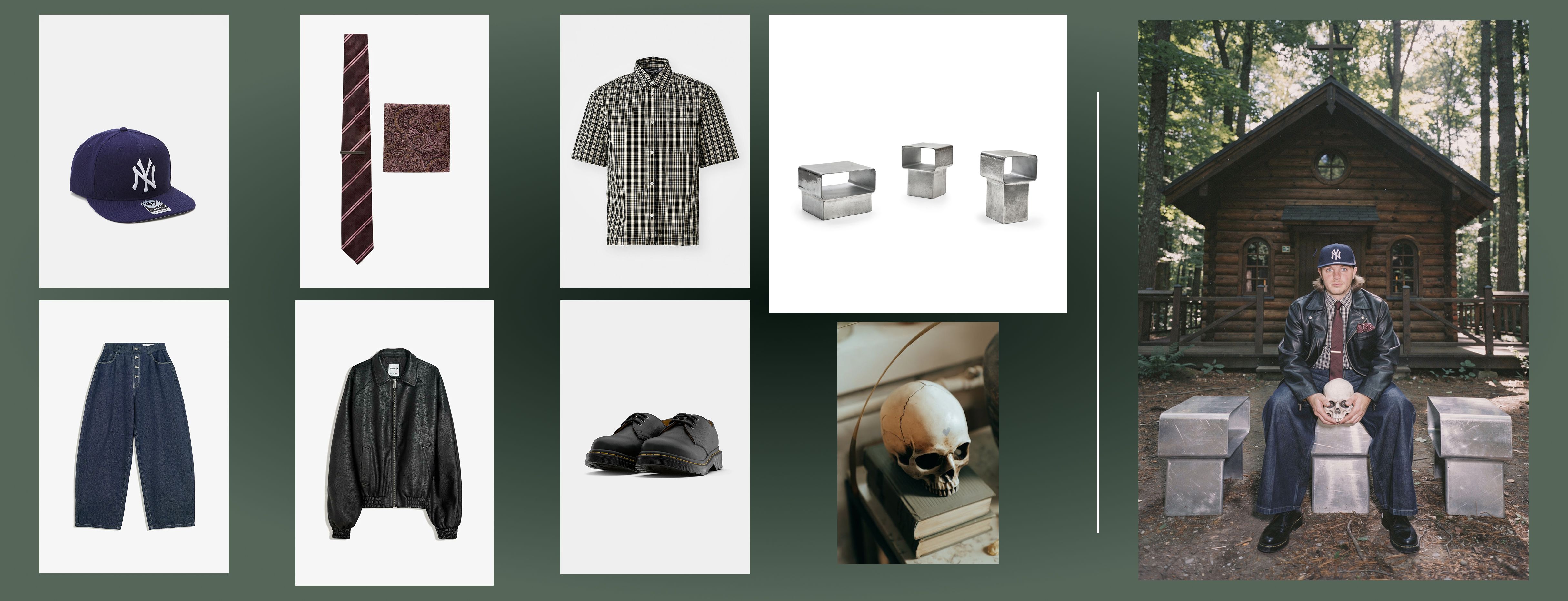
8 images, one prompt: Create a complete fashion editorial with consistent characters across every scene
Create a fashion editorial with consistent characters across multiple scenes
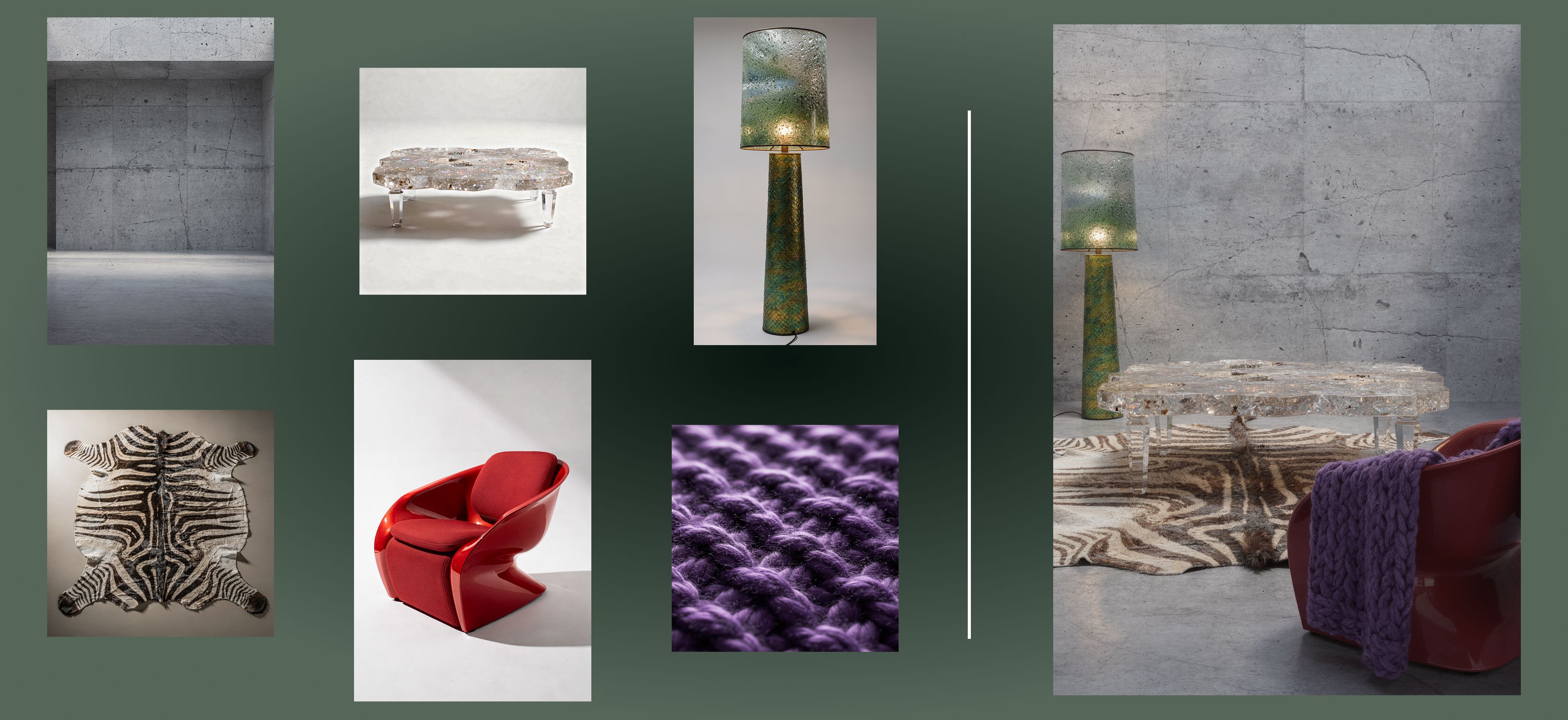
Combine furniture from multiple photos into one perfect room, apply textures from other images
Use the empty illuminated concrete space from the first image as the room, place all the furniture from the images inside this space, and use the purple knit texture from the uploaded image to create a blanket draped over the red chair.

Replace people with animals from 5 different images—proportions and scene composition stay perfect
Replace the people in the image with the animals from images 2, 3, 4, 5, and 6. Adjust them to the space and style so they sit naturally in the scene. Adjust the proportions of the animals to each other and to the space
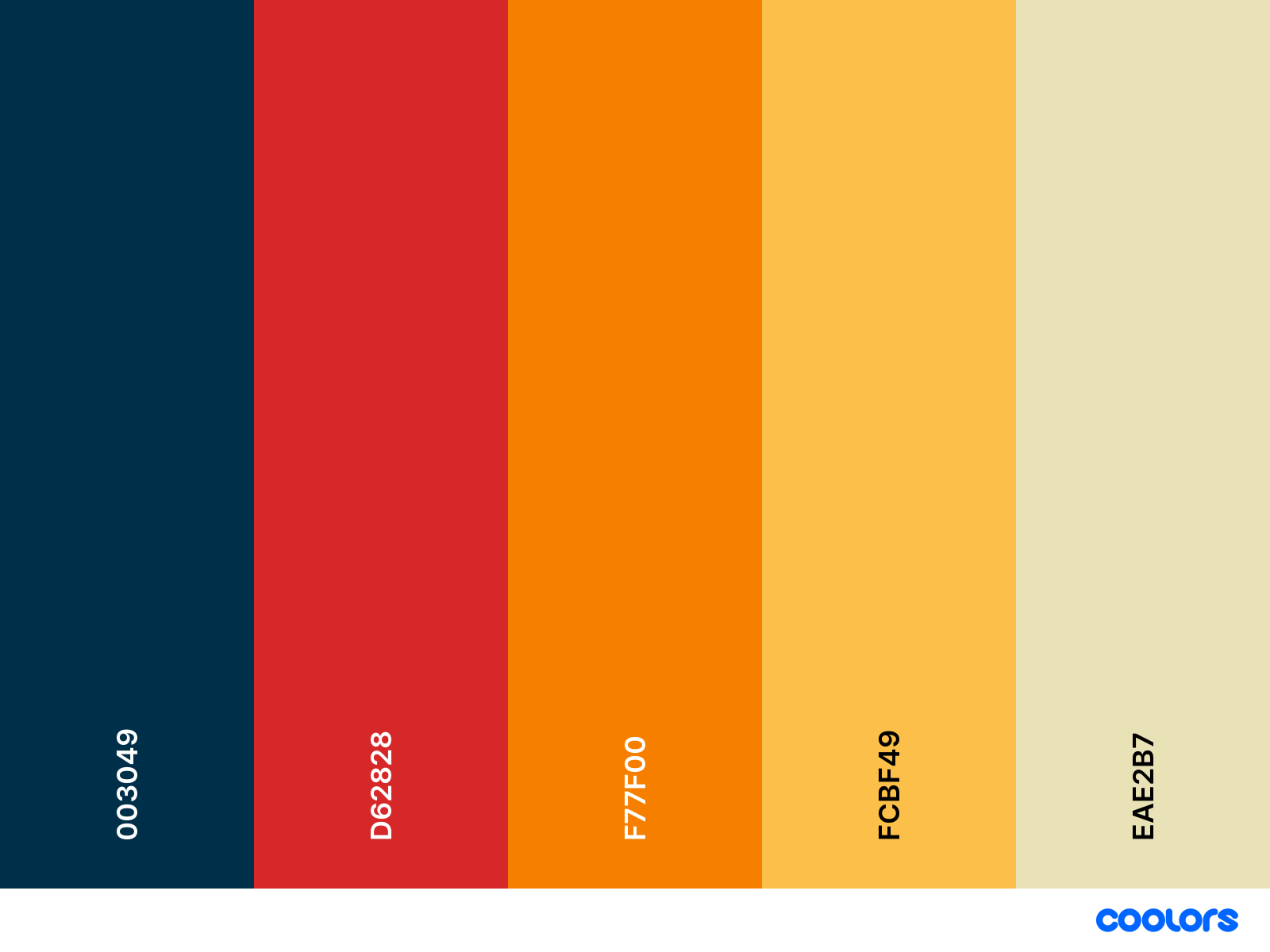
Create scenes using colors from reference images
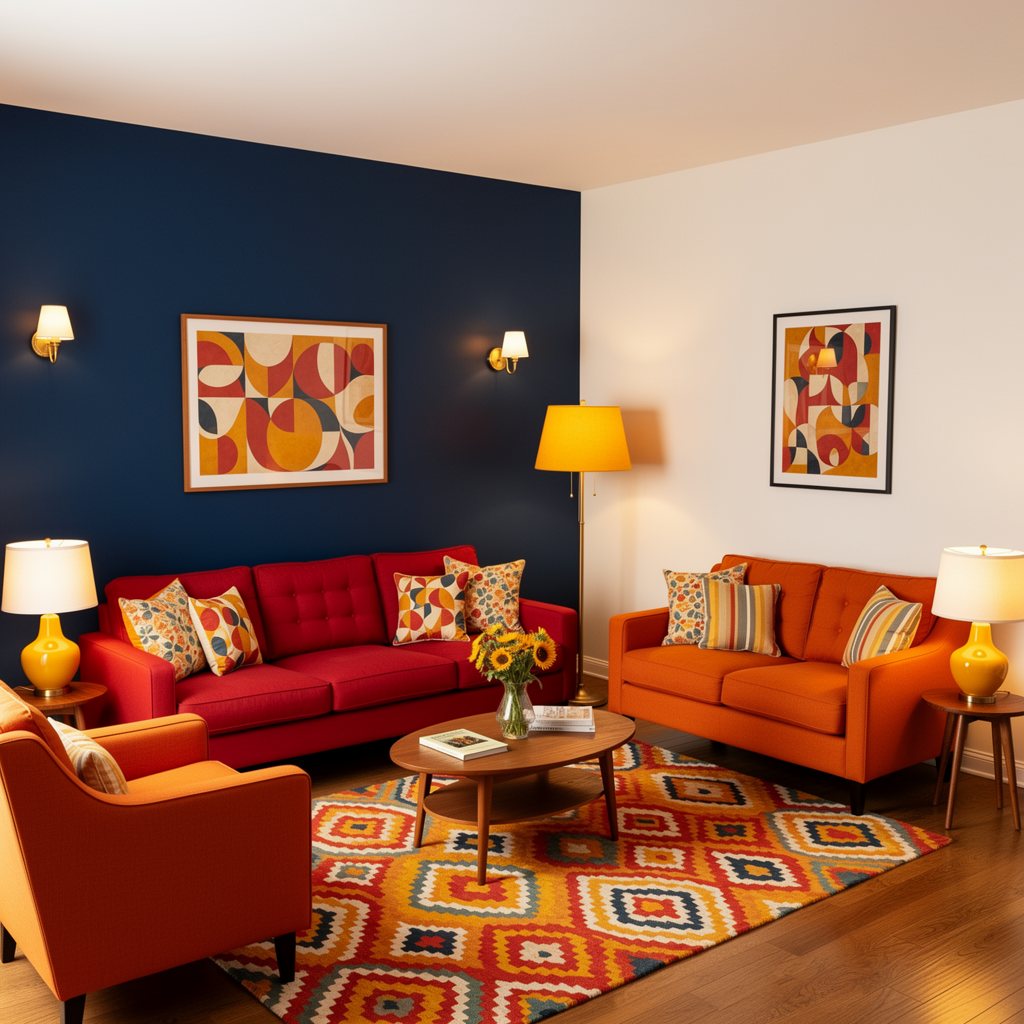
Output with matched colors
How It Works
Multi-Reference Magic
Combine elements from multiple images into one perfect scene. FLUX.2 maintains consistency across characters, products, and styles—even when you’re mixing completely different sources. Limits vary by model: [pro] up to 8 via API (9MP total limit), [flex] up to 10 via API. Example: Combine people and animals from separate photos Prompt:The person from image 1 is petting the cat from image 2, the bird from image 3 is next to them
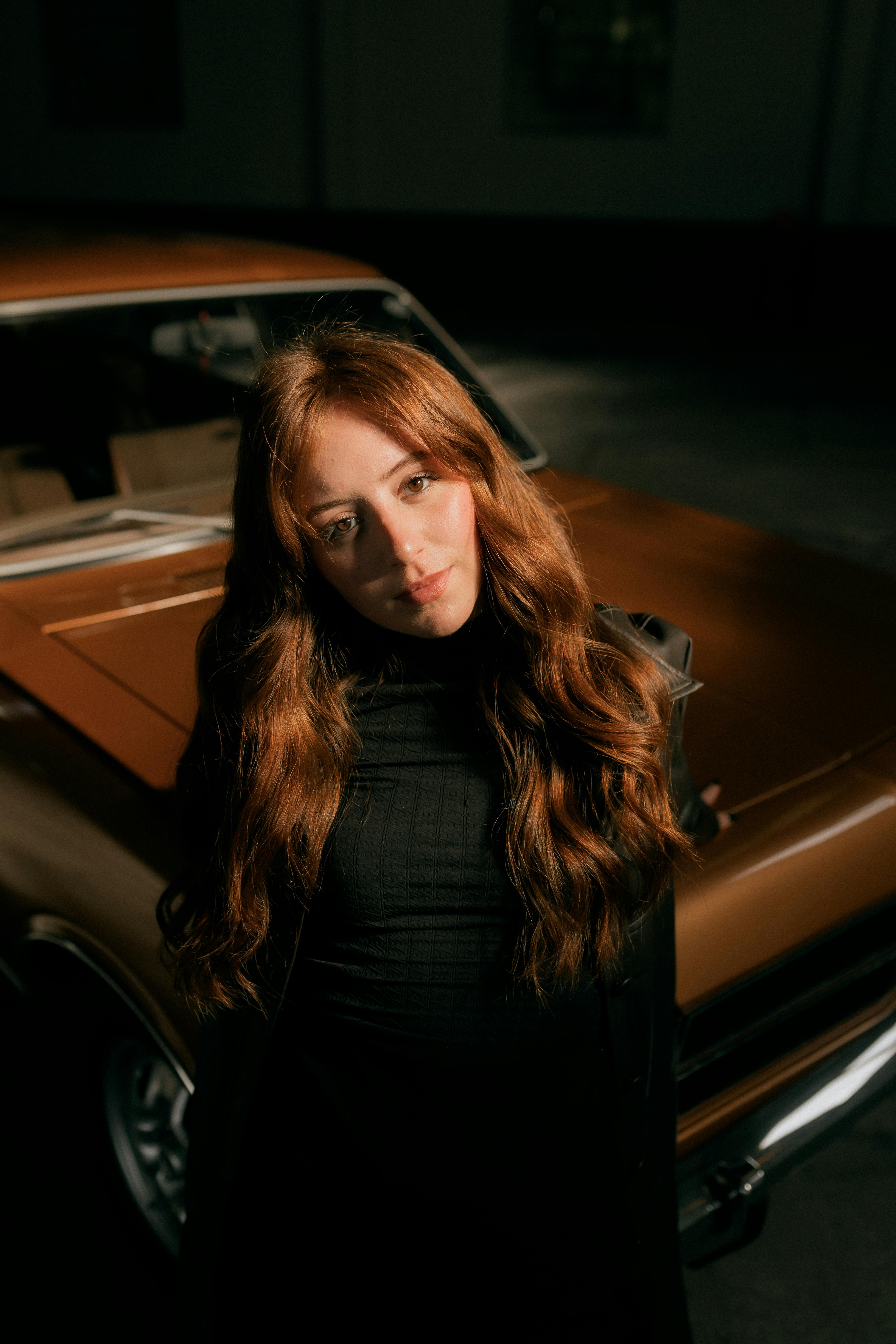
Reference 1: Person
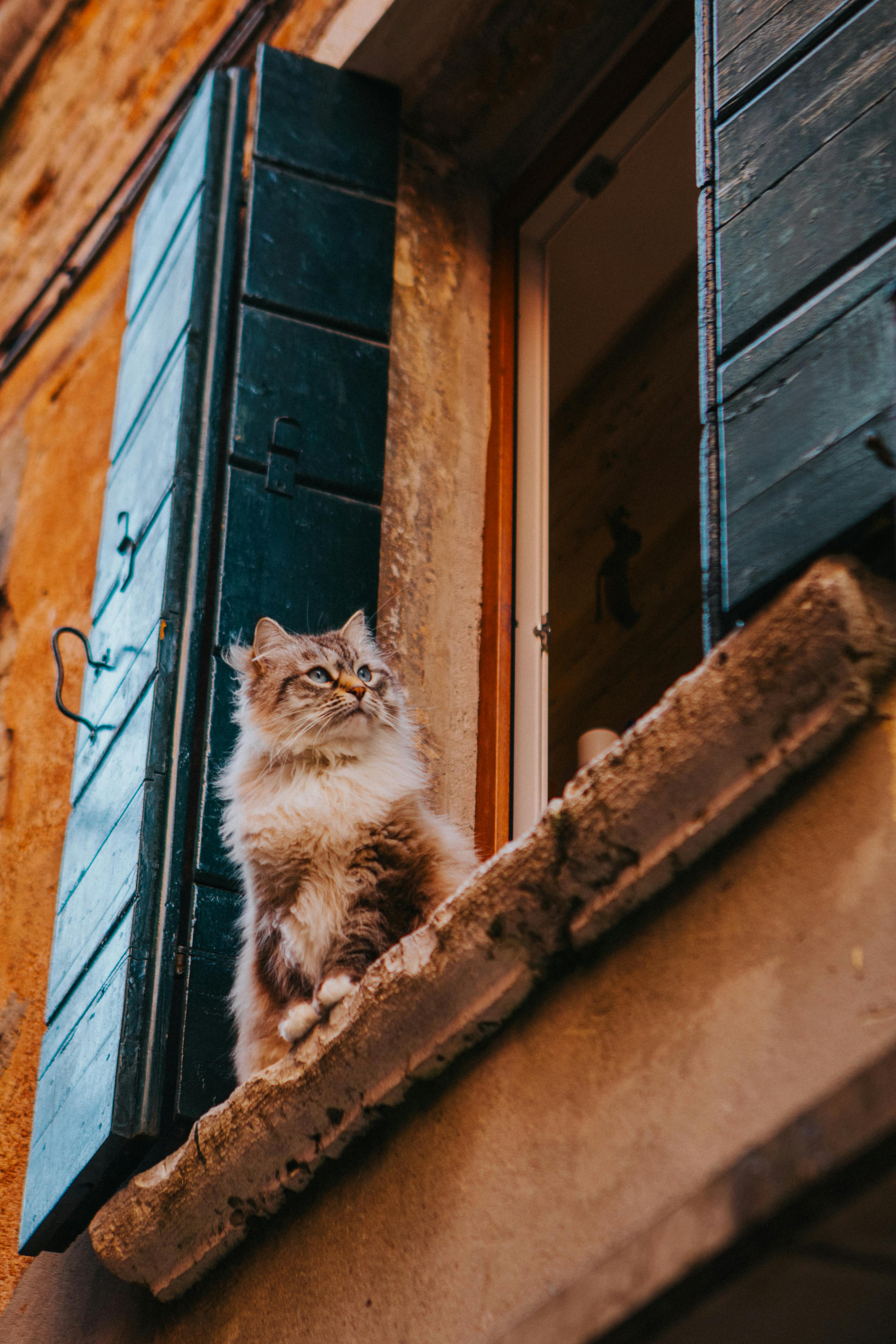
Reference 2: Cat
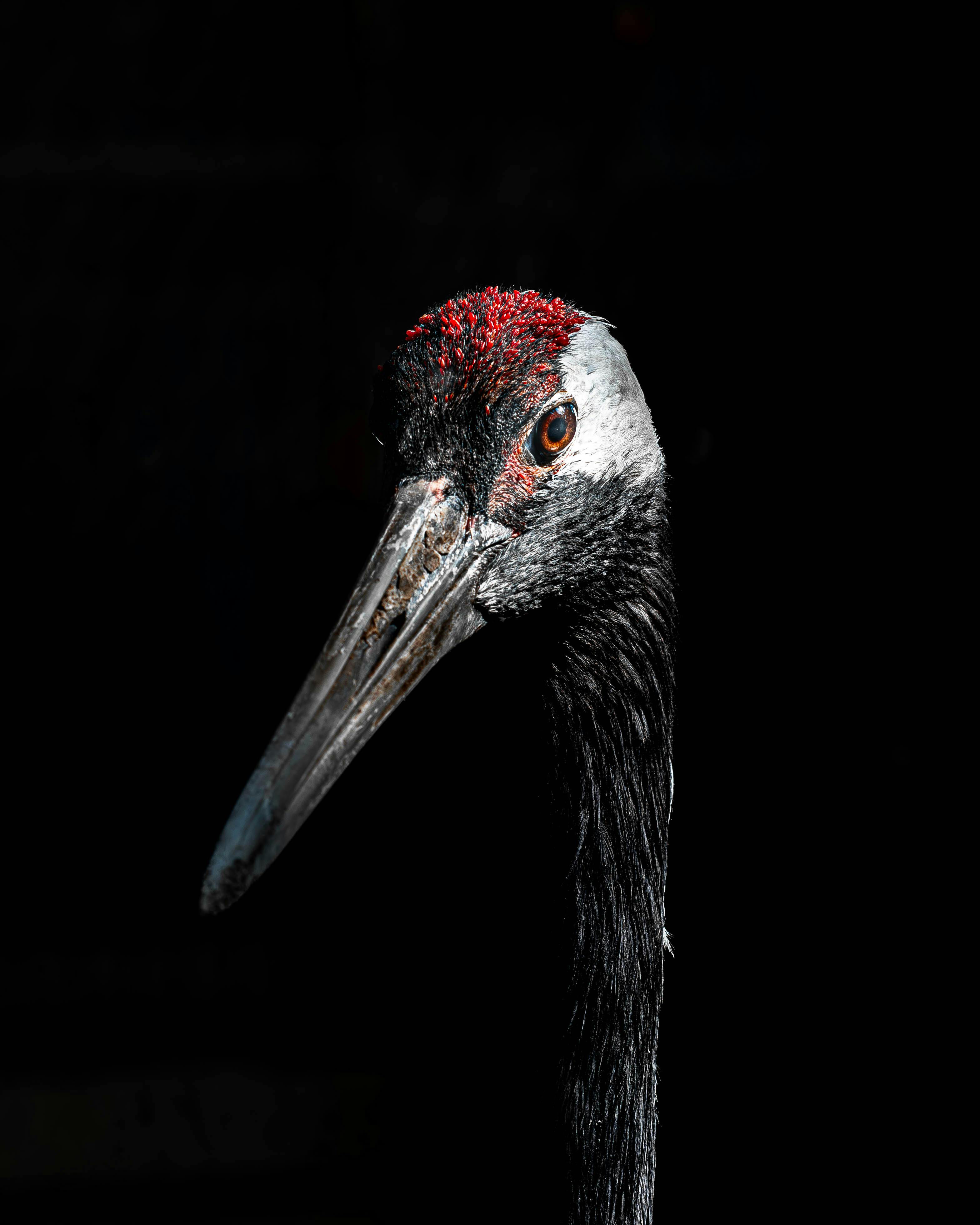
Reference 3: Bird
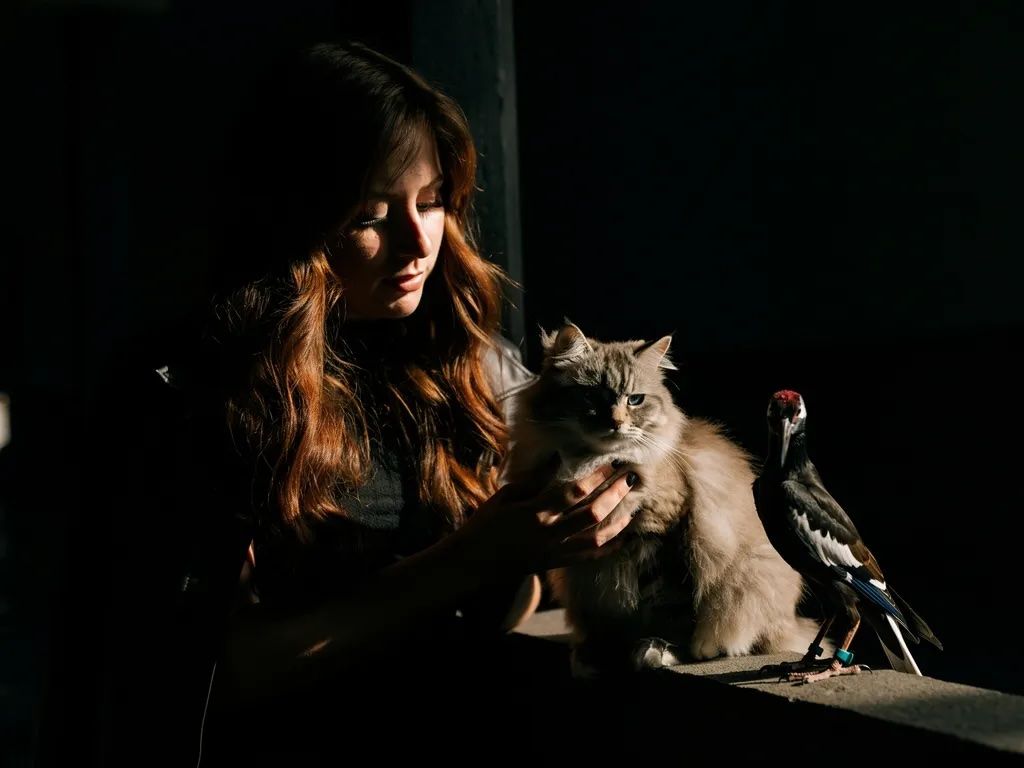
Result: All elements combined into one natural scene
Exact Color Control
FLUX.2 supports precise color matching using hex color codes. Specify exact brand colors without approximation, making it ideal for professional design workflows. Color Matching from Reference Images Reference a color from another image for precise matching: Prompt:Change the color of the gloves to the color of image 2
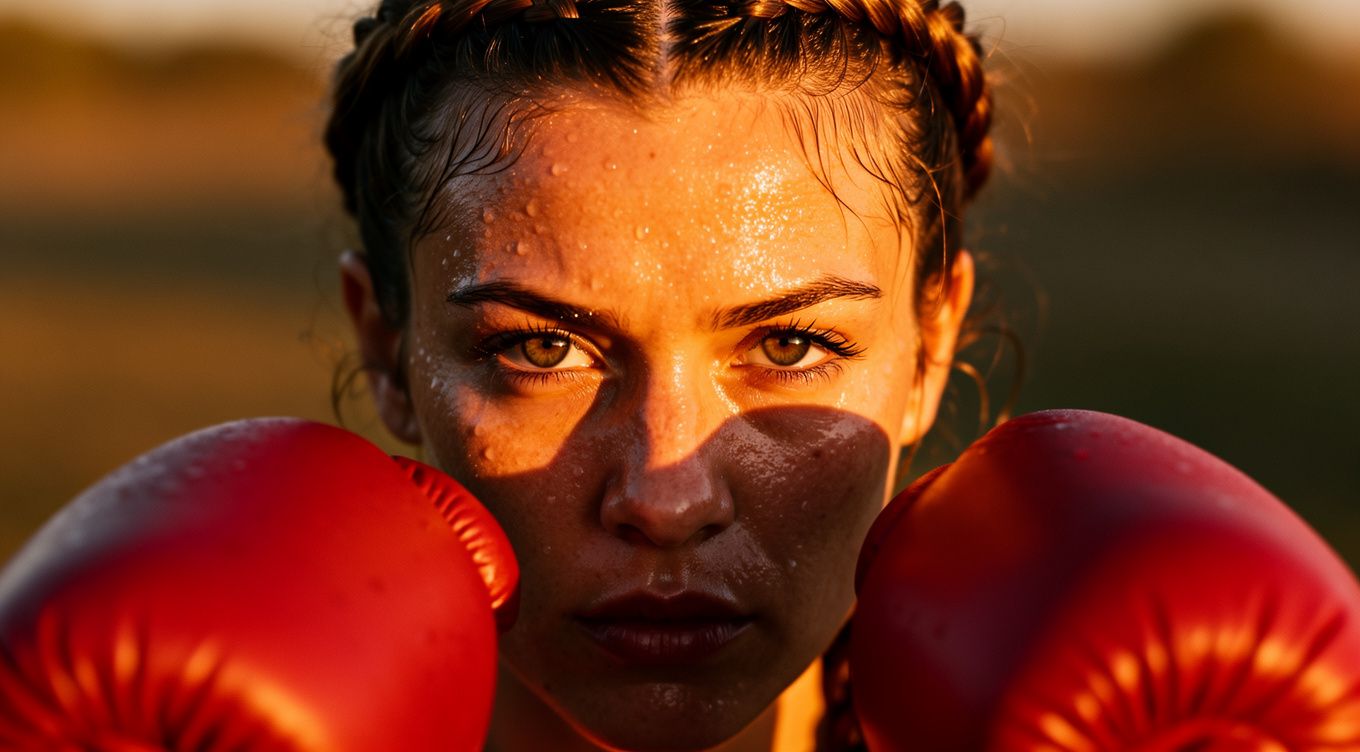
Reference image 1
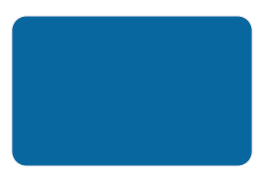
Color reference

Output: The gloves are now the color of the reference image 2
Pose Guidance
Control exact positioning and body language. Upload a pose reference image and FLUX.2 matches it precisely—perfect for maintaining consistency across shots or recreating specific poses. Example: Match a pose from a reference image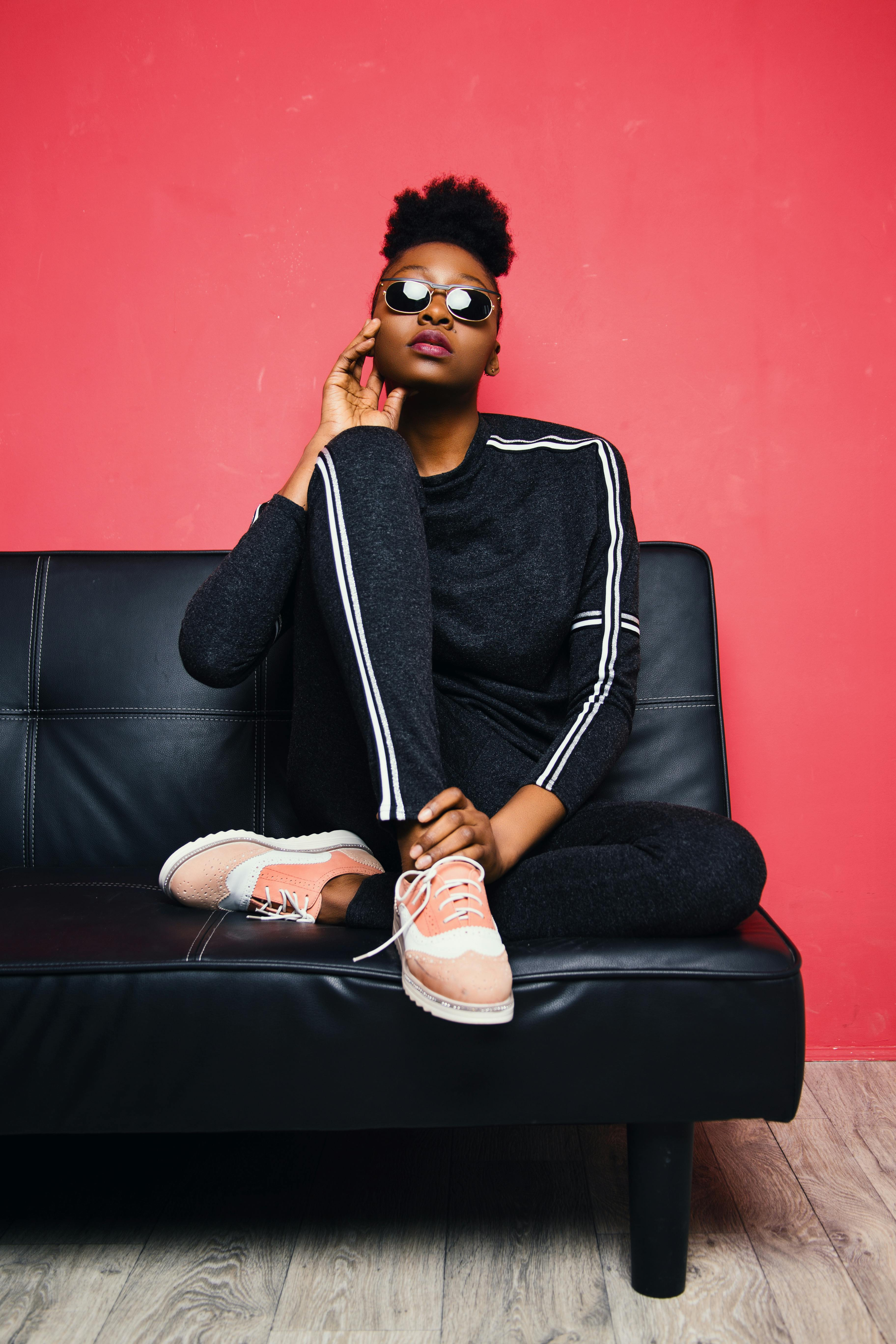
Input image
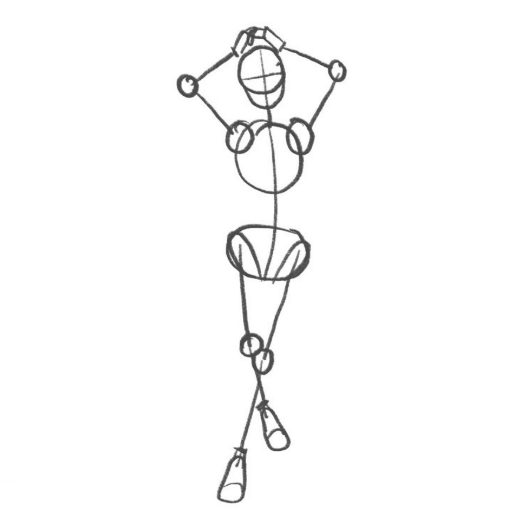
Pose guidance reference
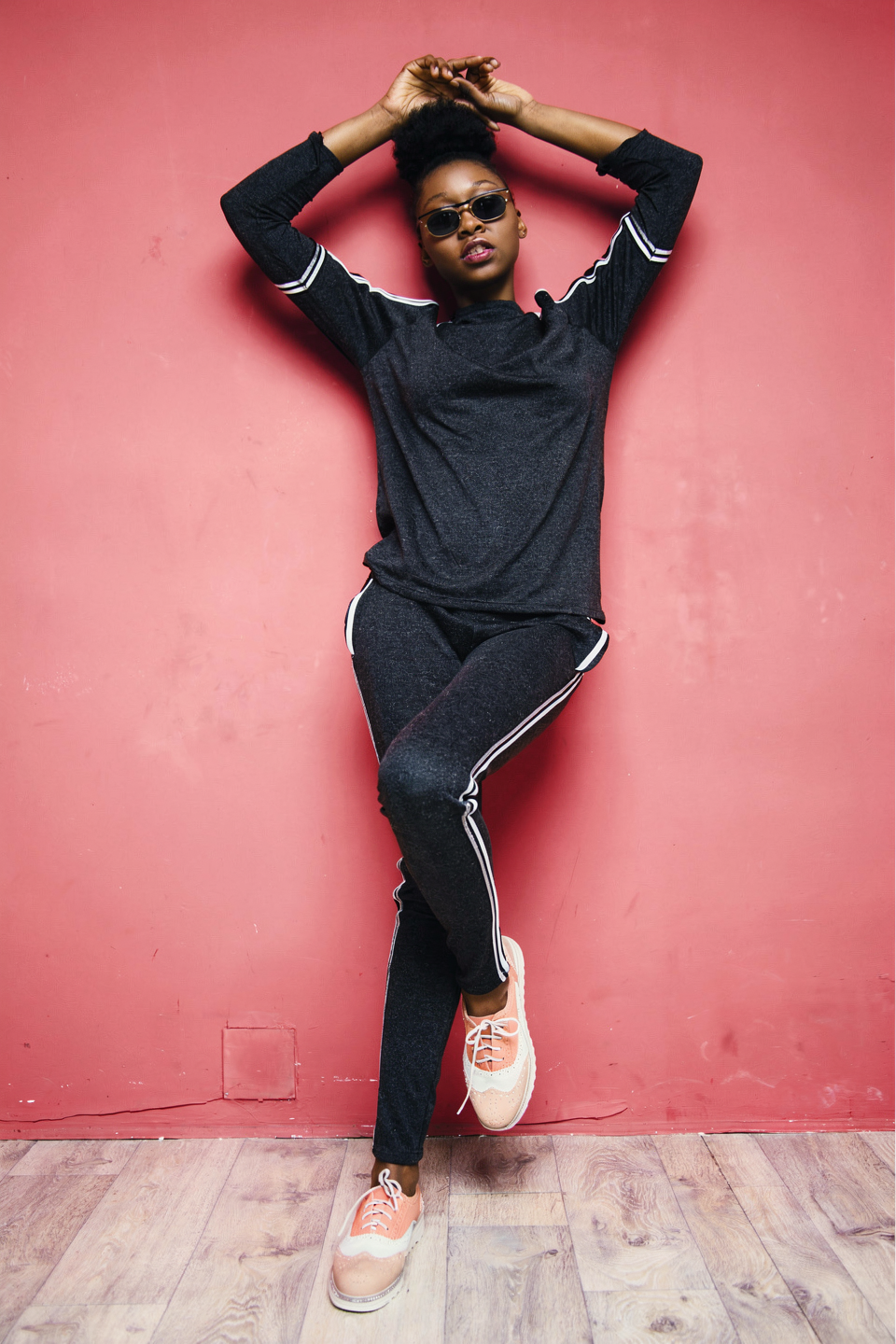
Result: Exact pose match
- Maintain consistent poses across multiple images
- Recreate specific body positions from reference photos
- Control character positioning in scenes
- Match poses from sketches or wireframes
Extract & Recompose
Isolate products, objects, or elements from images and recompose them into new layouts. Perfect for creating product collages, marketing materials, and Instagram-ready content. Example: Extract products and create an Instagram ad collage Prompt:Extract the different products from this picture. Clean them up and create a collage from them like it would be for an ad on Instagram

Input: Original product image
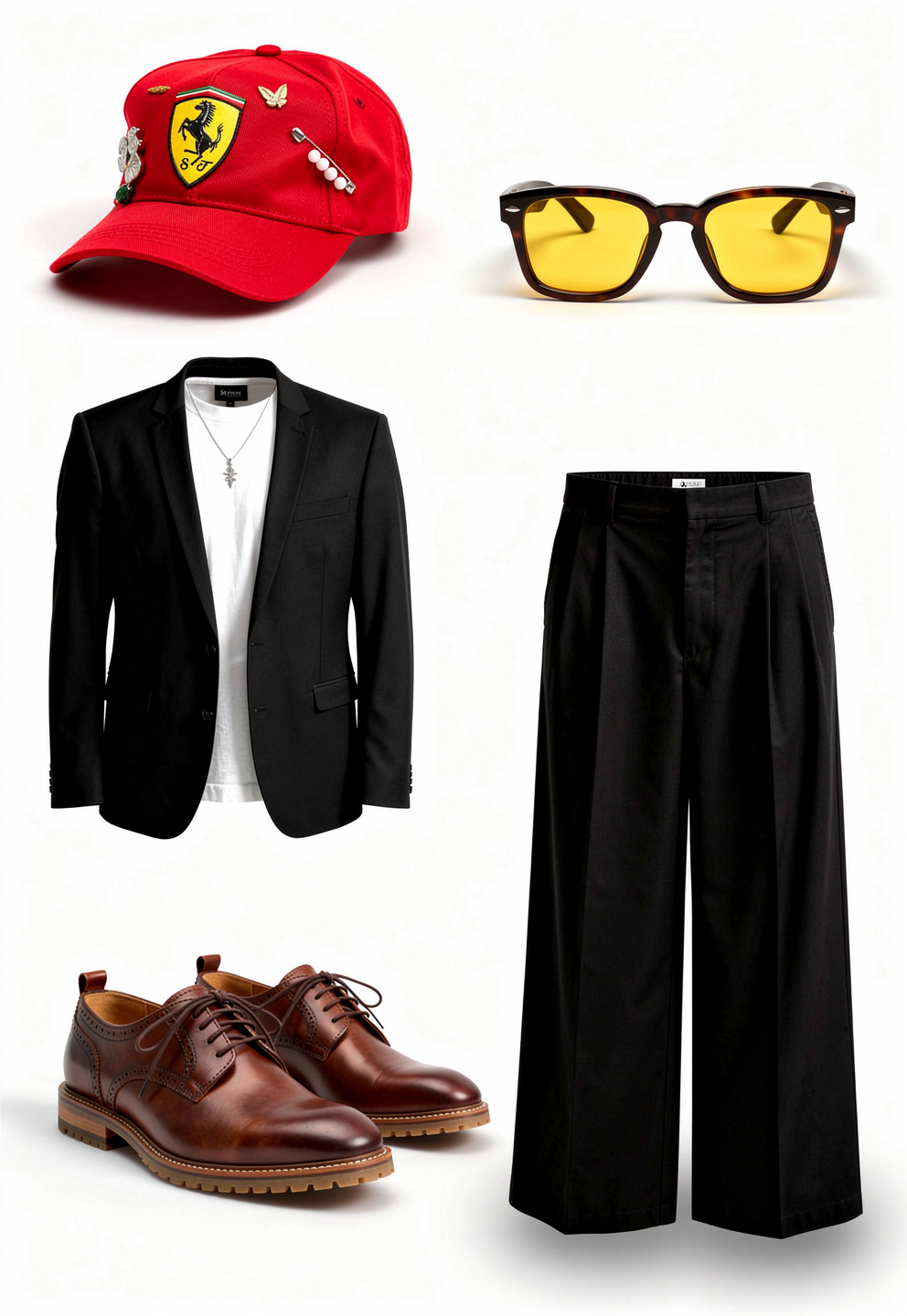
Output: Clean product collage ready for Instagram
- Create product showcases from lifestyle photos
- Build marketing collages from product shots
- Isolate elements for social media content
- Clean up and recompose product catalogs
Advanced Multi-Reference Techniques
Collage MethodCreate a cinematic street scene in front of the pastel-colored corner building. The man in the dark suit is leaning against the wall near the café entrance. The woman is walking past him, carrying one of the Azzedine Alaïa tote bags. The focus is on their contrasting styles — her relaxed, creative vibe versus his confident, formal look. The black boots are part of her outfit

Input: Collage with reference elements
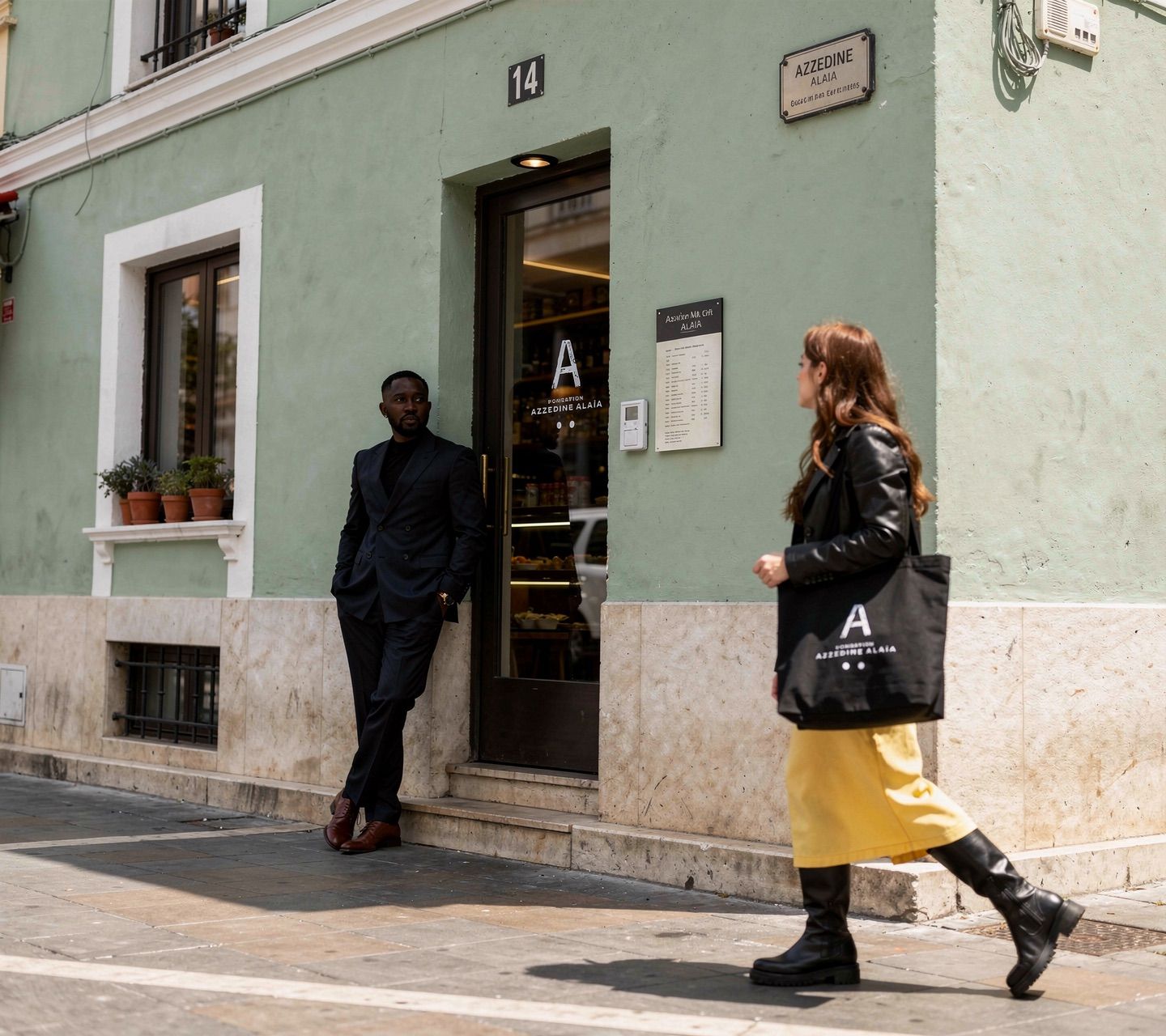
Output: Composed scene from collage elements
Using FLUX.2 API for Image Editing
FLUX.2 image editing requires both a text prompt and an input image to work. The input image serves as the base that will be edited according to your prompt. You can optionally include additional reference images for multi-reference editing:- [pro]: Up to 8 reference images via API (9MP total limit), up to 10 in playground
- [flex]: Up to 10 reference images (both API and playground)
- [dev]: Recommended max 6 reference images (open model, limited by memory)
/v1/flux-2-pro or /v1/flux-2-flex endpoint:
Create Request
id, polling_url, and pricing information:
cost field shows the credits charged for the request. Use this to track pricing for your image editing operations.
Poll for Result
After submitting a request, you need to poll using the returnedpolling_url to retrieve the output when ready.
result['sample'] is a signed URL for retrieval.
FLUX.2 Image Editing Parameters
List of FLUX.2 parameters for image editing via the/v1/flux-2-pro and /v1/flux-2-flex endpoints:
| Parameter | Type | Default | Description | Required |
|---|---|---|---|---|
prompt | string | Text description of the edit to be applied. Supports up to 32K tokens for long-form prompts. | Yes | |
input_image | string | Base64 encoded image or URL of image to use as reference. Supports up to 20MB or 20 megapixels. Input resolution: minimum 64x64, recommended up to 2MP, maximum 4MP (e.g., 2048x2048). Dimensions must be multiples of 16. | Yes | |
input_image_2 through input_image_9 | string | null | Additional reference images for multi-reference editing. Each parameter accepts base64 encoded image or URL. [pro]: Up to 7 additional images (8 total, 9MP limit). [flex]: Up to 9 additional images (10 total). [dev]: Recommended max 5 additional images (6 total). | No |
width | integer / null | null | Output width in pixels. Must be a multiple of 16. If omitted, matches input image width. | No |
height | integer / null | null | Output height in pixels. Must be a multiple of 16. If omitted, matches input image height. | No |
seed | integer / null | null | Seed for reproducibility. If null or omitted, a random seed is used. Accepts any integer. | No |
safety_tolerance | integer | 2 | Moderation level for inputs and outputs. Value ranges from 0 (most strict) to 5 (more permissive). | No |
output_format | string | "jpeg" | Desired format of the output image. Can be “jpeg” or “png”. | No |
guidance | number / null | 4.5 | [flex only] Guidance scale for generation. Controls how closely the output follows the prompt. Minimum: 1.5, maximum: 10, default: 4.5. | No |
steps | integer / null | 50 | [flex only] Number of inference steps. Maximum: 50, default: 50. | No |
webhook_url | string / null | null | URL for asynchronous completion notification. Must be a valid HTTP/HTTPS URL. | No |
webhook_secret | string / null | null | Secret for webhook signature verification, sent in the X-Webhook-Secret header. | No |
Multi-Reference Editing
When using multipleinput_image parameters (input_image, input_image_2, input_image_3, etc.), FLUX.2 combines elements from multiple source images while maintaining consistency. This is particularly useful for:
- Character consistency: Maintain the same character across different scenes
- Product mockups: Use product reference images in various contexts
- Style transfer: Combine style references with content images
- Fashion editorials: Keep models and clothing consistent across variations
The man is leaning against the wall reading a newspaper with the title "FLUX.2". The woman is walking past him, carrying one of the tote bags and wearing the black boots. The focus is on their contrasting styles — her relaxed, creative vibe versus his formal look.
Replace the top of the person from image 1 with the one from image 2
This approach gives you explicit control over which elements come from which reference image.
Example 3: Combining Multiple People
Combine people from different images into a single scene:
Prompt: This exact image but the couple next to the fire replaced by the people in image 2 and 3
API Example: Multi-reference editing with multiple input images
input_image for the main image, and input_image_2 through input_image_9 for additional reference images. Limits vary by model: [pro] up to 8 total (9MP hard limit), [flex] up to 10 total, [dev] recommended max 6 total.Choosing Between [pro] and [flex]
| [pro] | [flex] | |
|---|---|---|
| Best for | Production workflows | Maximum quality |
| Speed | < 10 seconds | Higher latency |
| Reference images | Up to 8 (API, 9MP limit), 10 (playground) | Up to 10 |
| Controls | Standard | Adjustable steps & guidance |
| Pricing | $0.045 / edit | $0.12 / edit |
FLUX.2 [pro]
FLUX.2 [flex]
What’s Better Than FLUX.1
| Capability | FLUX.1 | FLUX.2 |
|---|---|---|
| Multi-reference images | 1 image | [pro]: Up to 8 (API), 10 (playground) [flex]: Up to 10 [dev]: Recommended max 6 |
| Output resolution | Up to 1.6MP (except [ultra]) | Up to 4MP |
| Text editing | Basic | Improved accuracy |
| Photorealism | Good | Higher fidelity on skin, hair, fabric, hands |
| Prompt following | Standard | Enhanced complex instruction handling |
| World knowledge | Limited | More grounded in lighting and spatial logic |

